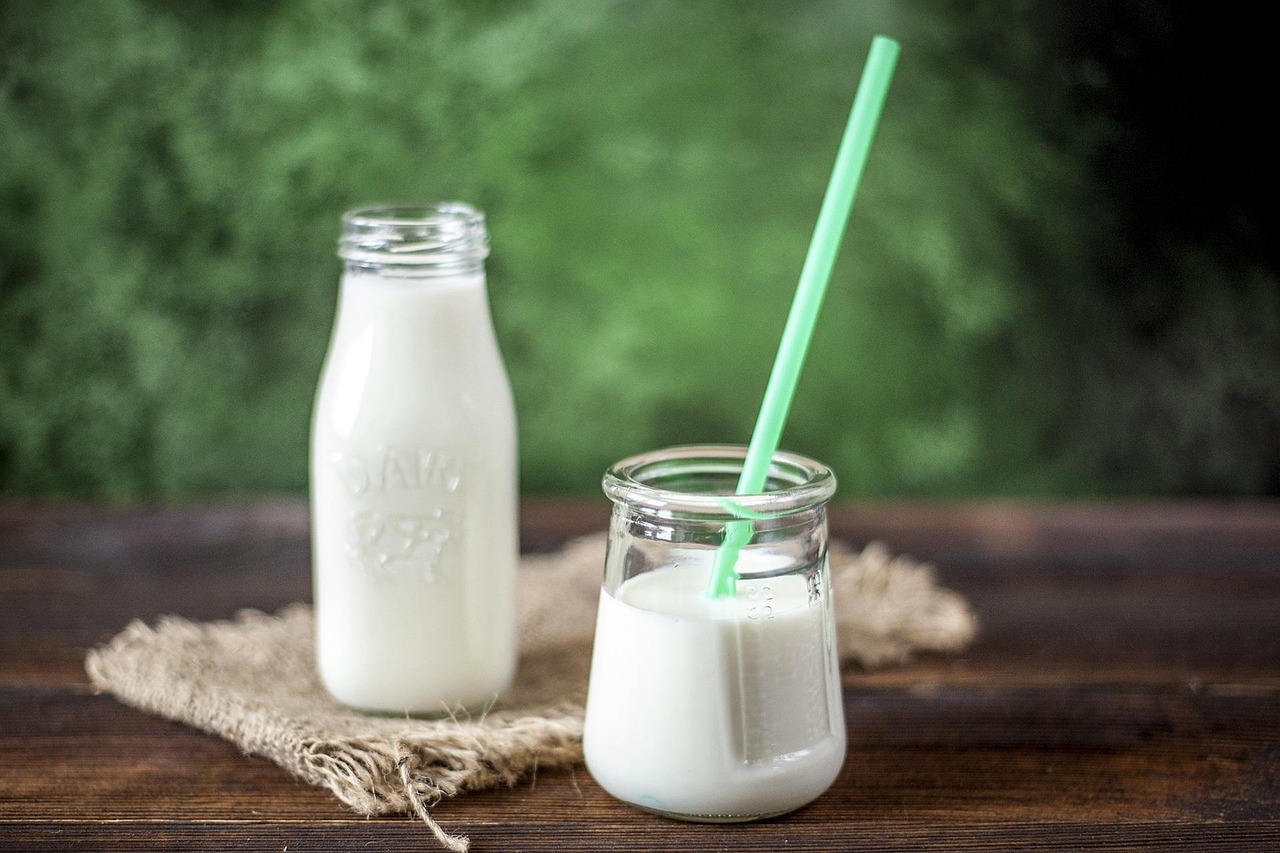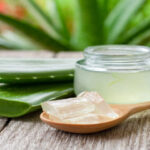“You’re standing in the dairy aisle, staring at rows of yogurt—Chobani catches your eye. But is it really as healthy as it claims? Let’s break down the facts.”
Yogurt is a breakfast staple for many, but not all yogurts are created equal. Chobani, one of the most popular brands in the U.S., markets itself as a healthy choice. But does it live up to the hype?
In this article, we’ll examine Is Chobani Yogurt Healthy, nutritional profile, ingredients, and potential health benefits—and drawbacks—so you can decide if it’s right for you.
What Is Chobani Yogurt?
Chobani is a Greek yogurt brand founded in 2005, known for its thick, creamy texture and high protein content. It comes in several varieties:
-
Greek Yogurt (Plain & Flavored)
-
Flip (Mix-in Toppings)
-
Less Sugar
-
Complete (Higher Protein, Lower Sugar)
-
Oat Milk (Dairy-Free Alternative)
But does “Greek yogurt” automatically mean healthy? Let’s dig deeper.
Nutritional Breakdown: Is Chobani Good for You?
1. Protein Powerhouse
Greek yogurt is strained to remove excess liquid (and some lactose), resulting in a higher protein concentration.
-
Plain Nonfat Chobani (5.3 oz):
-
Calories: 80
-
Protein: 15g
-
Sugar: 4g (naturally occurring lactose)
-
Fat: 0g
-
Compared to regular yogurt (which has ~5g protein per serving), Chobani’s protein content supports muscle repair, satiety, and blood sugar control.
2. Sugar Content: Watch Out for Flavored Versions
While plain Chobani is low in sugar, flavored options can be sneaky:
-
Strawberry Chobani (5.3 oz):
-
Sugar: 14g (10g added sugar)
-
That’s nearly 3 teaspoons of added sugar per small cup!
-
Tip: Opt for “Less Sugar” versions (9g total sugar) or mix plain yogurt with fresh fruit.
3. Probiotics for Gut Health
Chobani contains live active cultures (like L. acidophilus and Bifidobacterium), which support digestion and immunity. However, some heat-treated products (like Chobani Flip) may have reduced probiotic benefits.
4. Fat Content: Full-Fat vs. Nonfat
-
Nonfat: Lower in calories, but may lack satiety.
-
Whole Milk: Higher in calories (140 per 5.3 oz) but contains healthy fats that aid nutrient absorption.
Verdict: Full-fat yogurt can be part of a balanced diet if you’re not calorie-restricted.
5. Ingredients: Mostly Clean, but Some Additives
Plain Chobani contains just:
-
Cultured milk
-
Live probiotics
But flavored versions add:
-
Cane sugar
-
Natural flavors
-
Fruit purees
Best Choice: Stick to plain or “Less Sugar” varieties.
Potential Downsides of Chobani Yogurt
1. Added Sugars in Flavored Varieties
The American Heart Association recommends ≤25g added sugar/day for women, ≤36g for men. One flavored Chobani can cover nearly half of that!
2. Not All Products Are High-Protein
-
Oat Milk Yogurt: Only 4g protein (vs. 15g in Greek).
-
Flip Cups: Often high in sugar and calories (up to 240 kcal).
3. Lactose Content May Affect Some People
While Greek yogurt has less lactose than regular yogurt, those with severe lactose intolerance may still react.
How to Choose the Healthiest Chobani Option
| Best Choices | Worst Choices |
|---|---|
| Plain Nonfat/Whole Milk | Flavored (e.g., Key Lime) |
| Less Sugar (9g total) | Flip Cups (high sugar) |
| Complete (20g protein) | Oat Milk (low protein) |
Pro Tip: Add your own toppings (berries, nuts, chia seeds) for extra fiber and nutrients.
Expert Opinions: What Nutritionists Say
-
Dr. Marion Nestle (NYU Nutrition Professor): “Plain Greek yogurt is a great protein source, but flavored ones are dessert in disguise.”
-
Harvard Health: Recommends unsweetened yogurt to avoid excess sugar.
Final Verdict: Is Chobani Yogurt Healthy?
✅ Yes, if you choose wisely:
-
Plain or “Less Sugar” versions
-
High-protein options like Complete
-
Avoid excessive added sugars
❌ No, if you regularly eat:
-
Flavored cups with >10g added sugar
-
Flip desserts with candy mix-ins
Bottom Line: Chobani can be a nutritious part of your diet—if you pick the right kind. Stick to plain or lightly sweetened varieties and load up on fresh toppings for a truly healthy meal.










